Nike Vaporfly: Reviews Of Every Generation And What Makes The Running Shoe So Special
All hail the Nike Vaporfly—everything you need to know about the carbon plate running shoe that changed the game
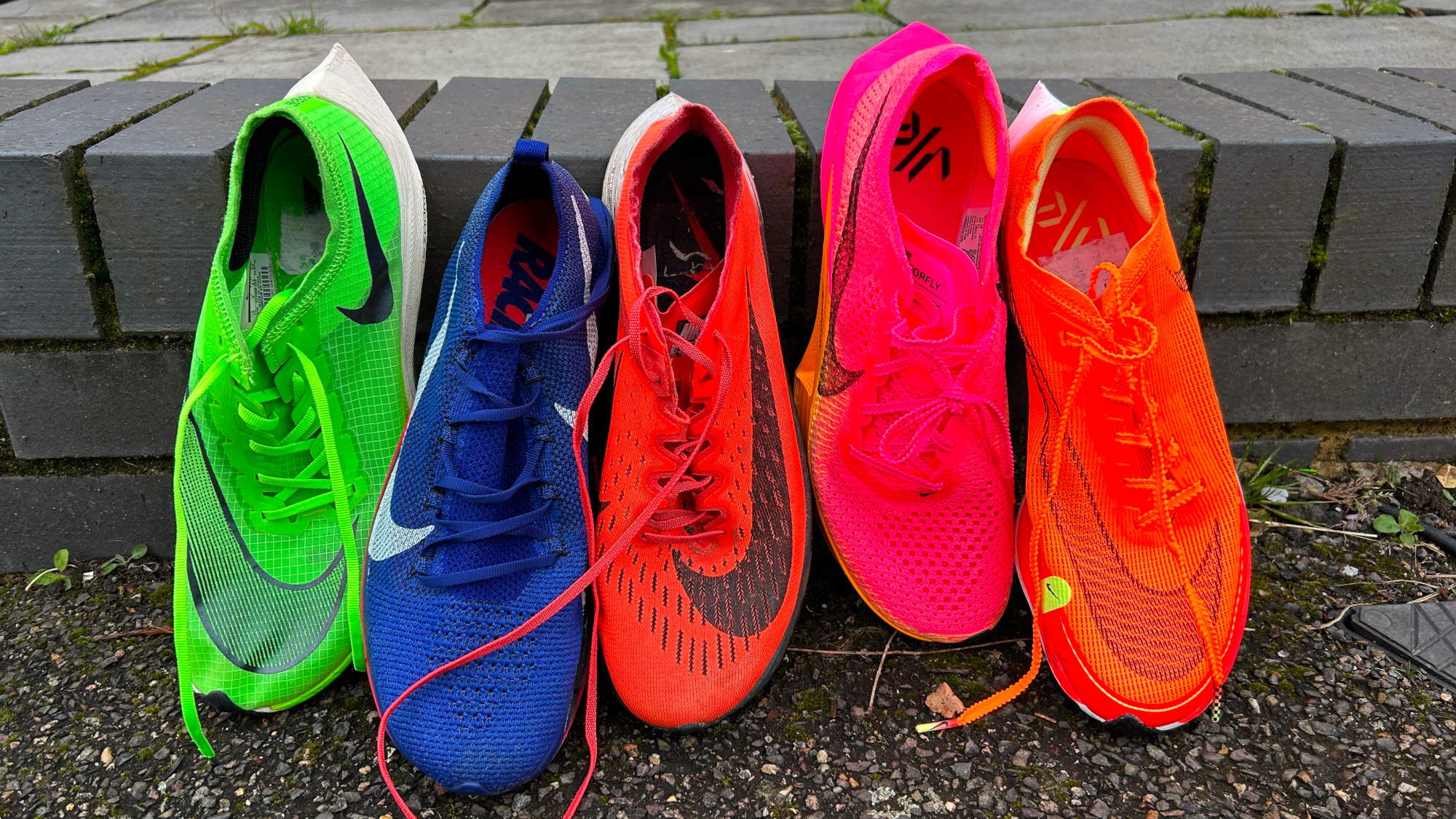
Given that almost all new running shoes launch amid hyperbole, it’s easy to assume the claims made about the Nike Vaporfly line have been similarly exaggerated. However, as world records tumbled and runners of all levels used them to chalk up startling PRs, it became impossible to deny that the Vaporfly was an upgrade on what came before.
Since the Vaporfly features on every best running shoes list, most running brands have now jumped on the carbon plate bandwagon, and Nike itself has another carbon plate running shoe—the Alphafly—along with updates to the Vaporfly.
I’ve tested and reviewed every Nike Vaporfly, including the latest version, the Nike Vaporfly 3, and used them for hundreds of miles of running, setting PRs at every distance.
Nike Vaporfly 3 Video Review
Nike Vaporfly: Price And Availability
The Nike Vaporfly NEXT% 3 was announced on 13th February 2023 and launched on 6th March 2023. At $250 it is the same price as the Vaporfly NEXT% 2 in the US, while the UK price has increased from £225 to £235.
The original Vaporfly 4% (now discontinued) cost $250/£209.95, before the price changed to $250/£239.95 for the Vaporfly NEXT%. All models cost less than Nike’s other carbon super-shoe, the Alphafly 2, which is $275/£269.95.
Nike Vaporfly: Key Design Features
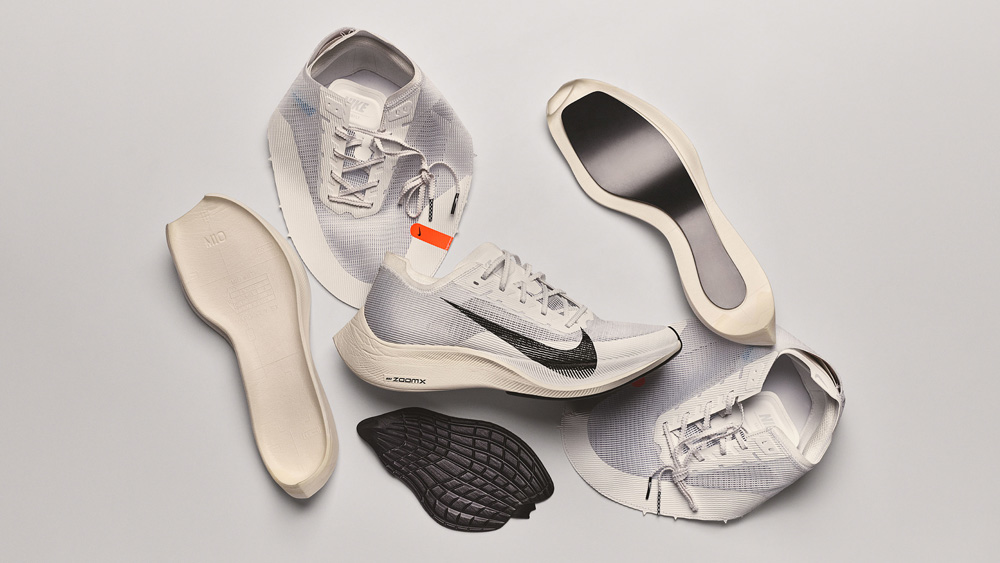
The upper on the Vaporfly has changed several times between generations, but the principle has always been to be as light as possible. The outsole follows that lead by providing a minimal covering of rubber on the forefoot, plus two strips at the back of the shoe – just enough to provide grip without adding too much weight.
Where the magic happens is in the midsole. Every version of the Vaporfly has had a full-length carbon plate sandwiched by a chunky stack of Nike’s ZoomX foam. This is a PEBA-based foam that is lightweight, and exceptionally soft and bouncy. When combined with the plate it produces a propulsive-yet-comfortable ride that’s great for road races.
Sign up for workout ideas, training advice, reviews of the latest gear and more.
What Are The Benefits Of Using The Nike Vaporfly?

The 4% in the original Vaporfly’s name represented how much the shoe improved running economy according to Nike’s testing. It’s a claim backed by independent research, as well as millions of runners, though how much the shoe improves your economy varies between individuals.
This improvement comes from the design of the carbon plate and midsole foam, and means that it costs you less energy to run at a certain pace. You’re left with more in the tank late in races so you can finish strong or hold your pace to the finish line.
Another area where the Vaporfly broke the mould was in having a high stack of foam in the midsole while still being light. Previous racing shoes were lightweight but offered little protection, so your legs would take a pasting and potentially break down in races, whereas the Vaporfly provides a high level of protection while still being light and fast.
The benefits of the Vaporfly grew with the arrival of the NEXT%, which increased the stack height further. The NEXT% 2 largely stuck to the same formula as the NEXT%, tweaking only the upper. The small updates to Vaporfly 3 have made it softer than the Vaporfly NEXT% 2, while also reducing its weight slightly.
As great as it is, remember that whatever version you go for, the Vaporfly is not going to run your race for you, or act as a substitute for putting in the hours in training, but it can help you perform at your very best.
Another benefit of the Vaporfly is that if you use it in training as well, it can keep your legs fresher after hard sessions. This makes recovery faster and can allow you to log more tough workouts, though this advantage may be one that only runners with deep pockets will enjoy because most will save the expensive shoe for racing.
There is little doubt that using a super-shoe like the Vaporfly improves performance—to the point where the governing body, World Athletics, stepped in to set a 40mm limit on the stack height of shoes used in road races. It also banned shoes with stacks higher than 25mm from track events.
What Are The Downsides Of Using The Nike Vaporfly?
All of the above sounds great, but before you rush out to pick up a pair there are downsides to consider. There is the expense, plus the fact the Vaporfly is not as durable as other running shoes. While reports suggesting it falls apart after 200km may be wide of the mark – we have one set that was in use past 400km – we found you do lose some bounce from the midsole after 250km-300km. They’ll still be great shoes at that point, just not as great as box-fresh Vaporflys, so it’s best to reserve them for key races.
While I never had any real durability concerns with the Vaporfly NEXT% and NEXT% 2, I have noticed a lot of wear on the outsole of the Vaporfly 3 after 60 miles of running, especially around the strips of rubber at the back of the shoe. So far the wear is just cosmetic and hasn’t affected performance, but it does indicate that the Vaporfly 3 might prove less durable than previous Vaporfly models.
Another downside is that the high stack of soft foam makes for an unstable ride. The carbon plate counters this, to a degree, and for most neutral runners it won’t be a concern, but if you overpronate, the Vaporfly may be too wobbly.
One final concern – though the issue has died down in recent years with other brands releasing carbon shoes – is that using the Vaporfly is “cheating” because the carbon plate acts like a spring. The arguments on this have raged for years, but the world seems to have made its peace with a new era of racing shoes and records, and carbon plates seem here to stay.
Nike Vaporfly Reviews
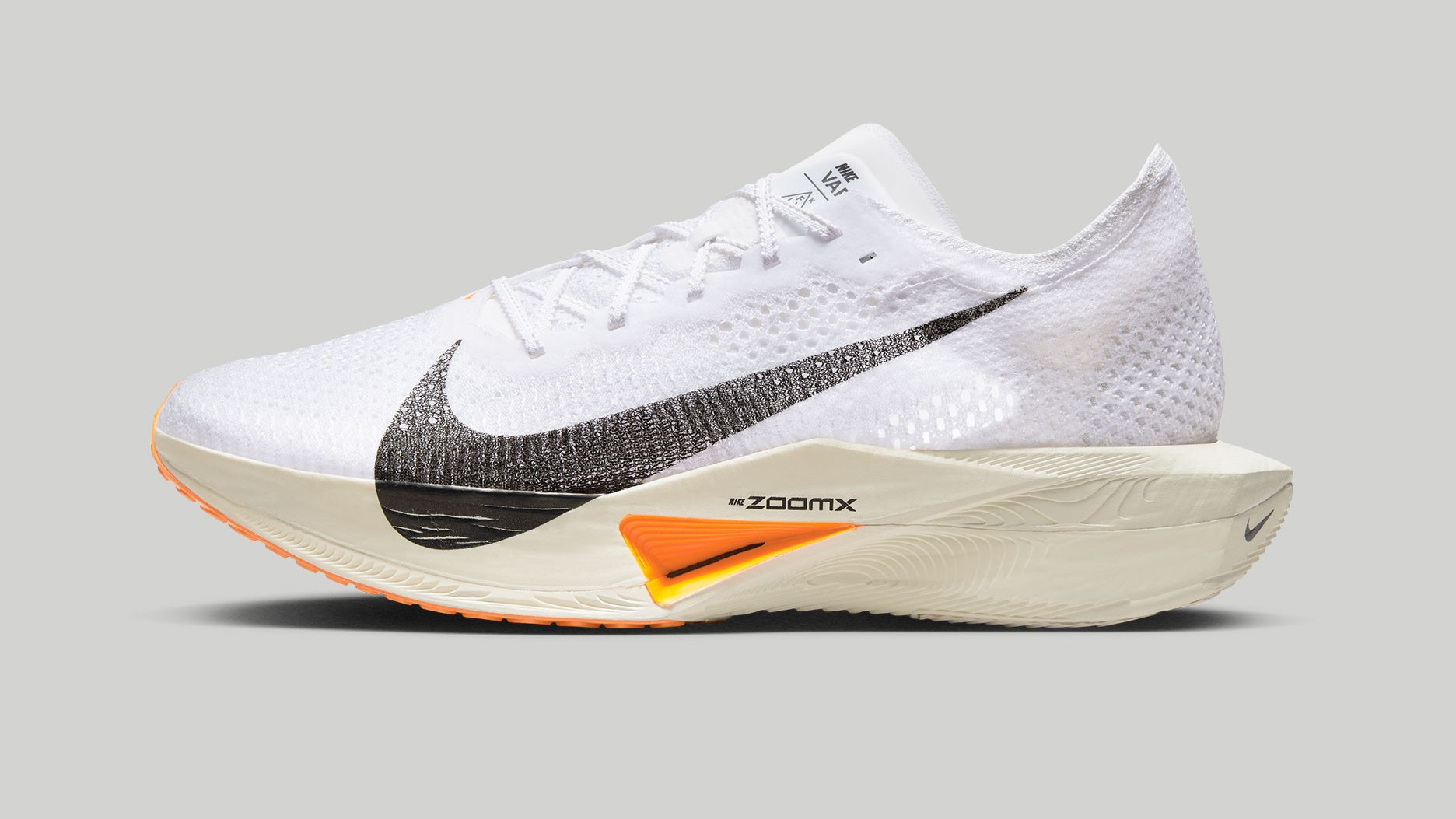
Nike made the outsole thinner on the Vaporfly 3 to add more ZoomX foam to the midsole, while also adding midsole cut-outs and making the upper more open to increase breathability. The result is a lighter, softer shoe that I have found to be a marginal improvement on the Vaporfly NEXT% 2, especially in longer events like the marathon where the new shoe protects your legs better deep into the race. One downside to the updates is that the outsole seems to be less durable, and I’d keep the Vaporfly 3 in reserve for race day if you pick it up.
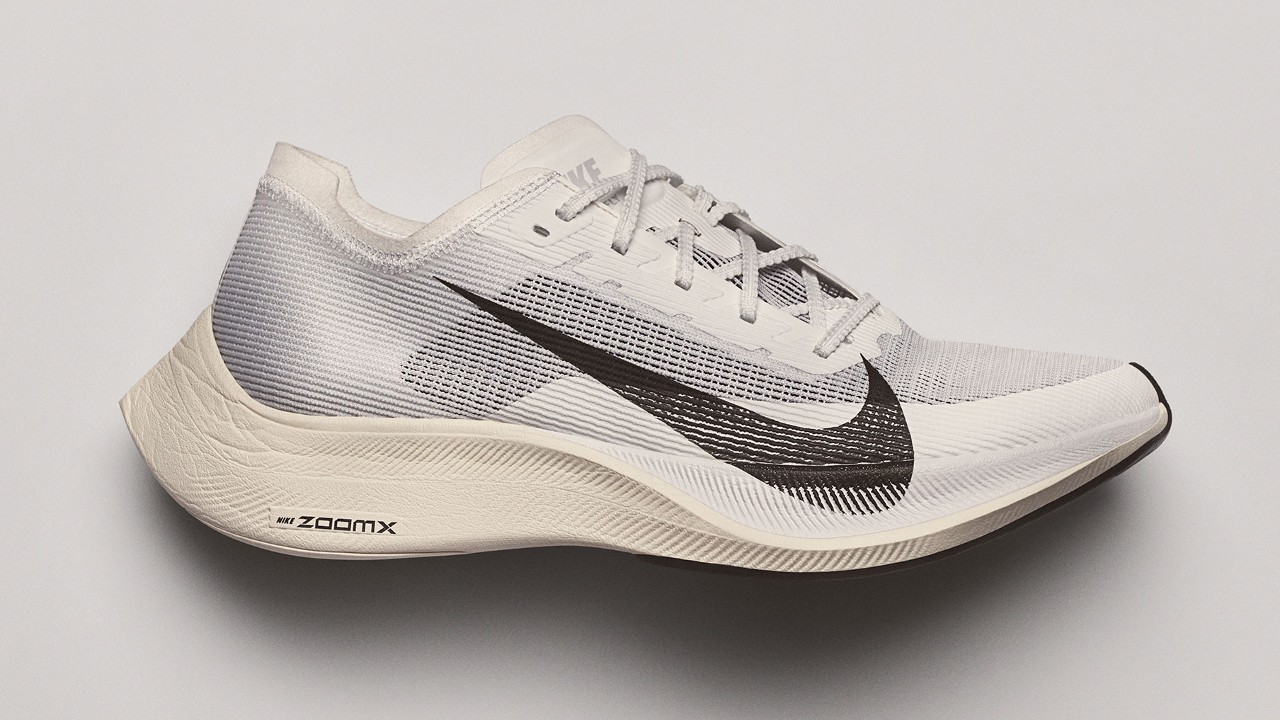
While there is continuing speculation over whether Nike made the midsole firmer in the NEXT% 2 than in the NEXT%, I found that the ride felt largely the same, and an impressive ride it is too. The NEXT% 2 has a knit upper, rather than the Vaporweave material used for the original NEXT%, and this creates a better fit in the toe box. The Vaporfly NEXT% 2 is still widely available and I’d say it’s a better-value option than the Vaporfly 3, even if I do slightly prefer the new shoe.
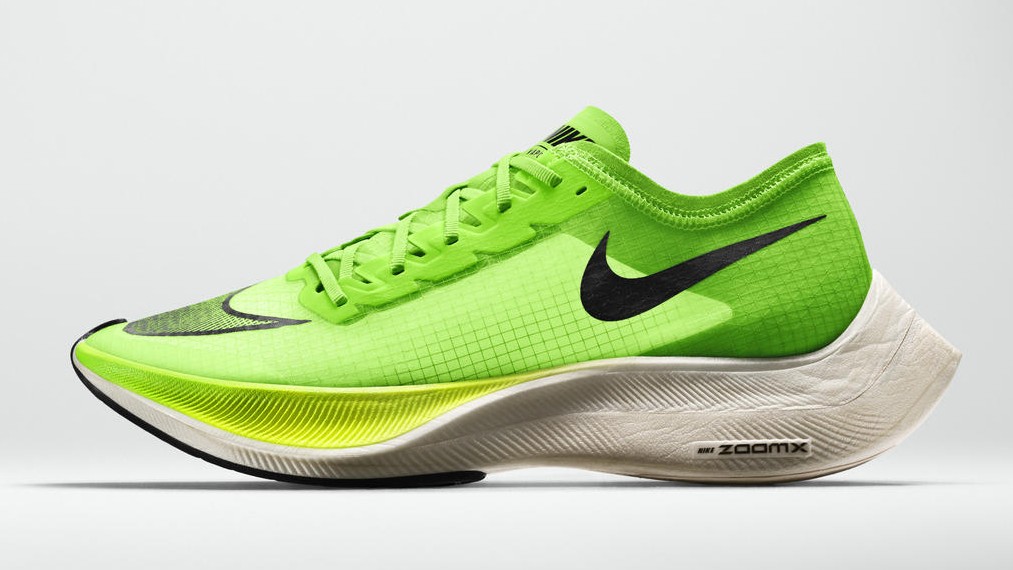
The Vaporfly NEXT% improved on the 4% by increasing the stack height to close to the 40mm limit, lowering the drop to 8mm and increasing the traction of the outsole. The extra ZoomX foam in the middle makes the NEXT% bouncier and more protective over long distances than its predecessor, and extra padding around the heel increases the comfort of the shoe. The upper was also changed to a lightweight material called Vaporweave, which absorbs less water than Flyknit, and the laces were offset, something that is now standard on Nike racing shoes.

The original Vaporfly had a lower stack, being around 33mm high at the heel (Nike don’t seem to give definitive stack heights for the Vaporfly and Alphafly). It also had a higher drop, at 11m from heel to toe, compared with 8mm for the NEXT%. The first edition of the 4% had a mesh upper, which was then updated to a Flyknit one that had a more locked-down fit.
It’s hard to get hold of the Vaporfly 4% these days – even if you can, the NEXT% is an upgrade in terms of performance – but it remains an excellent racing shoe for any distance and the higher drop and lower stack does suit some runners.
Nike Vaporfly vs Nike Alphafly
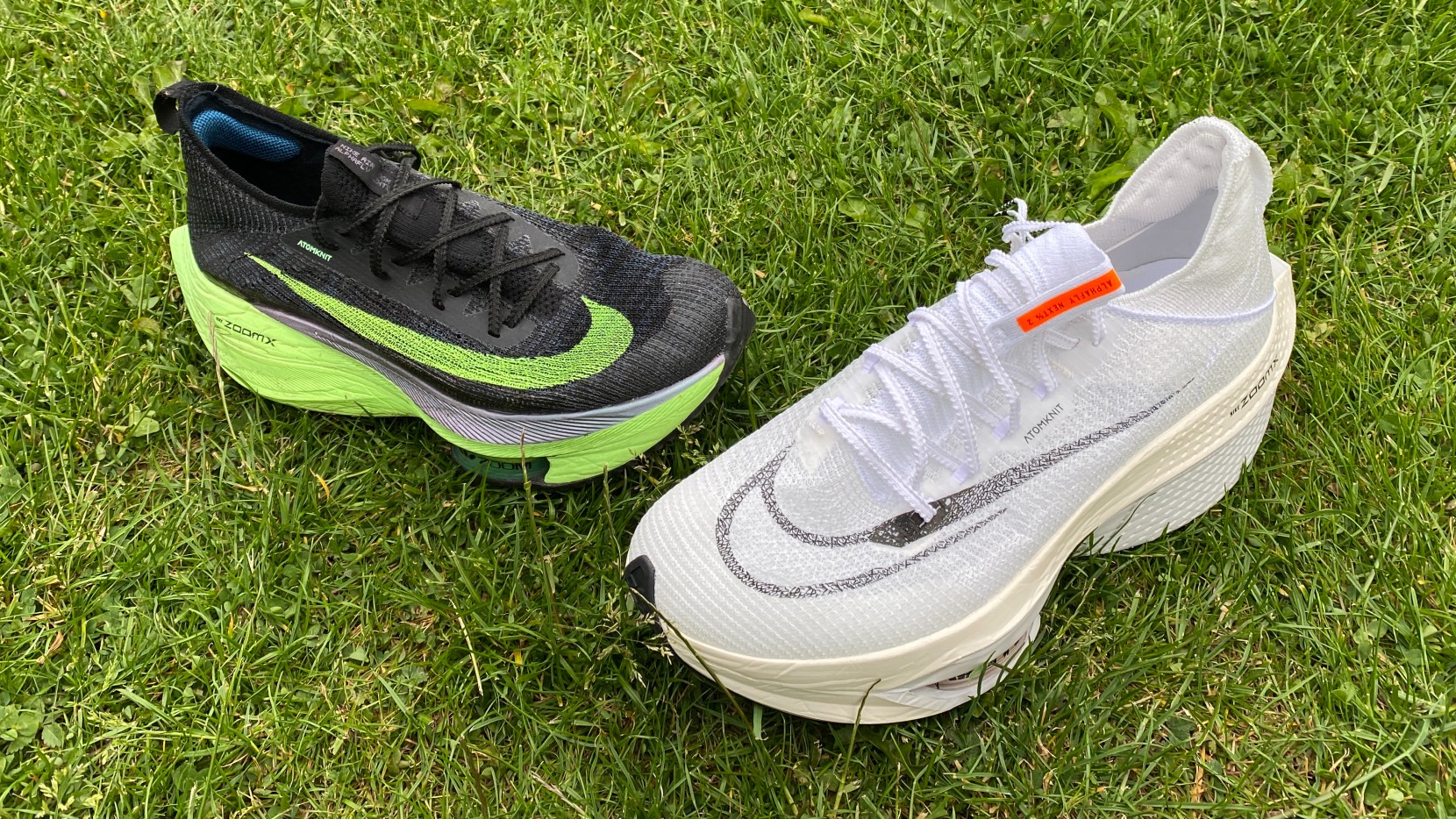
For a long time picking the best shoe for your race was easy: it was the Vaporfly. Now, many brands have released excellent carbon racing shoes and Nike also has the Alphafly, the second version of which hit shelves in June 2022.
The Alphafly NEXT% 2 is a heavier shoe with more cushioning than the Vaporfly, and under the forefoot there’s an Air Zoom pod to provide more oomph to your toe-off. Although it’s chunky, the Alphafly NEXT% 2 is still a terrific racer at any distance, and over a marathon it’s more comfortable than the Vaporfly and protects the legs better so you feel fresher later in the race.
I ran marathons in the Vaporfly NEXT% 2, Alphafly 2 and Vaporfly 3 between September 2022 and April 2023, and the difference between the two lines has narrowed with the new Vaporfly 3, which is more cushioned than the NEXT% 2. It is still a lot lighter than the Alphafly 2 though, and while the Alphafly 2 still does have a little more cushioning and bounce, the Vaporfly 3 is a better all-round racer while still being comfortable for the marathon.
However, the Alphafly 2 is certainly more durable than the Vaporfly 3. I’ve run 150 miles in my Alphafly 2s and they feel and look almost good as new, whereas the outsoles of my Vaporfly 3s are showing notable wear and tear after 60 miles.

Nick Harris-Fry is a journalist who has been covering health and fitness since 2015. Nick is an avid runner, covering 70-110km a week, which gives him ample opportunity to test a wide range of running shoes and running gear. He is also the chief tester for fitness trackers and running watches, treadmills and exercise bikes, and workout headphones.
